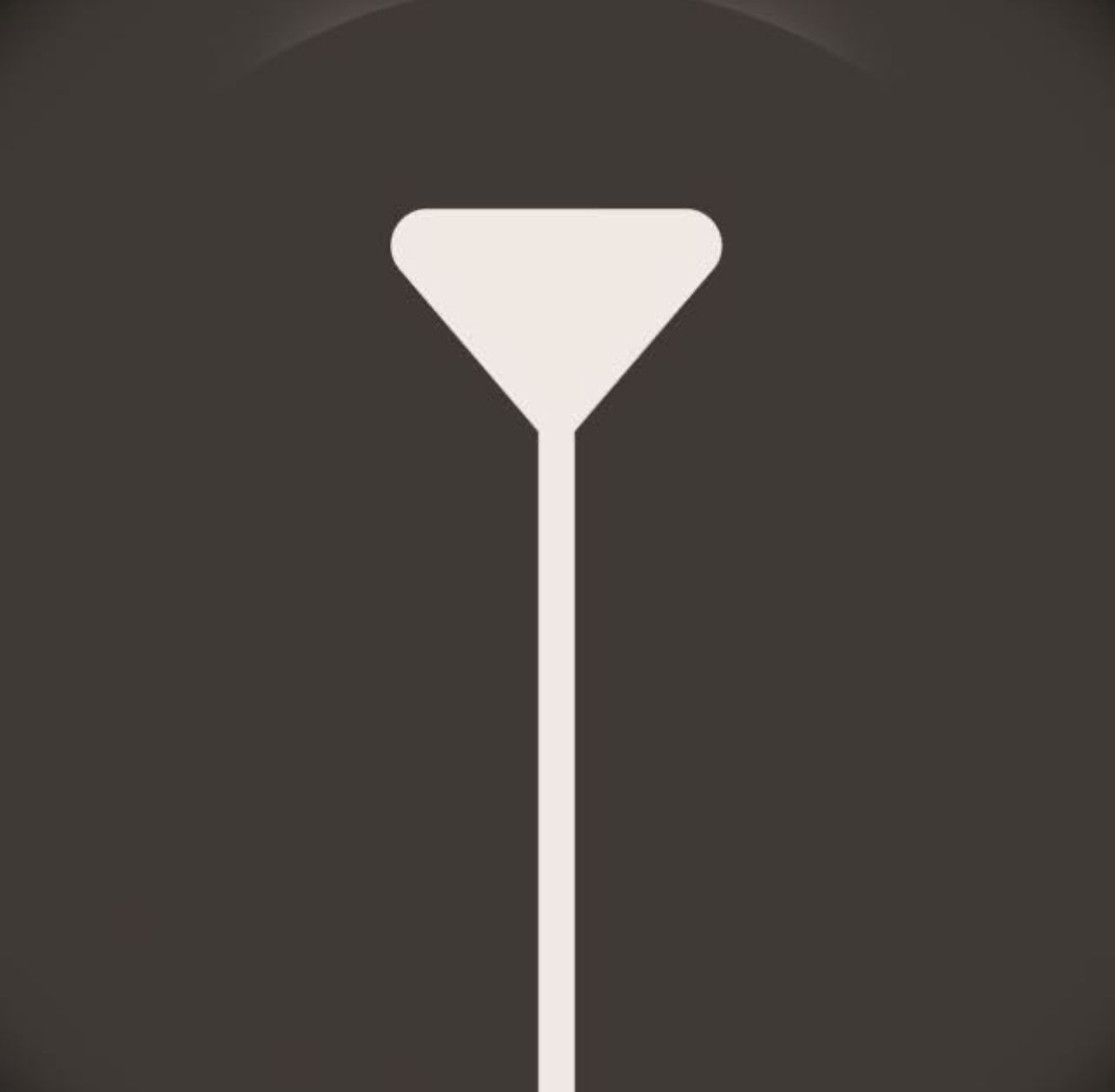By Edmée Pardo
The wood is dead tree, what remains of what was once green and water, trunk and foliage, a hint of forest.
This year I have read books where trees are the center of reflection, characters and metaphors. In this search for plant references in literature I came across The book of wood and the 16 trees of the Somme by Norwegian Lars Mytting. Books that talk about dead trees and their legacy: wood that becomes fire, source of energy, furniture, construction. The first book tells short anecdotes of various characters, around the woods, with little practical tips that include how to know what kind of person you are according to the way you stack firewood; and in the second he weaves a noir novel in a historical context from the battle of the Somme. What a great discovery to read about wood, I thought, and then wondered, can wood be read?
I type in Google read wood and I get three videos of master carpenters, slow, experts and lovers of the material they work with. To use wood, to create in it and with it, you have to read it, follow it, move towards where its grain demands. Even when the tree is dead, wood is living matter in the hands of those who touch it. There are precious woods, more valuable than others because they are unique, old, and the work they keep. There are fragrant woods, such as Olinalá; soft woods, such as pine and fir; hard woods such as oak, chestnut, maple. There are woods for interior, for exterior, for furniture, for construction, for musical instruments, for weapons, for means of transportation such as trains, ships, airplanes. And for each thing there were hands and eyes that understood the tree, where and how to cut it, transport it, and then read it to turn it into wood, firewood, charcoal, furniture, soundboard, weapon.
The veins are the drawing that appears on the surface of the trunk once cut, they indicate the direction in which the fibers of the tree grew and therefore the way to work it; there can be two trunks of the same species, but with completely different veins. Thus, not only each species but each tree, in its unique way of being, calls for different movements. There are straight grains, irregular, diagonal, spiral, interlocked. Carpenters and cabinetmakers see in them knots where branches grew and create tornadoes, cathedrals, smiles, turned smiles, to cut, flatten, sand, polish. The veins can give strength to the structure or beauty to the furniture. There are veins with waves, with peaks. The masters say things like "follow the path from the peak of the cathedral to the smile", a poem for those who ignore that it is the lexicon of something as concrete as their wooden board. They talk about breaking fibers or cells, when they interfere with it. To go with the grain, in favor of it, so as not to create splinters or roughness, or generate broken shavings of broken fibers. They think about how to favor or disfavor according to the drawing and the hand that works it, they listen to the sound that sings with the tools.
Before working the wood, you need to read it, see the grain and let yourself be guided to know where to go.

The opinions expressed are the responsibility of the authors and are absolutely independent of the position and editorial line of the company. Opinion 51.






Comments ()